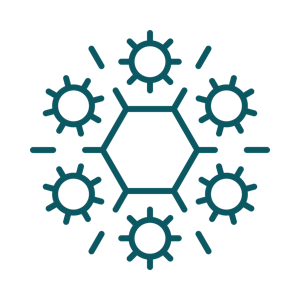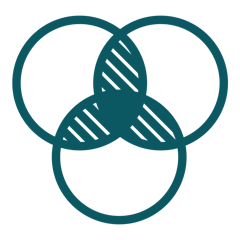If the subjects of math and biology pique your interest, and you want to impact the world in a positive way, look no further than a career as a Biostatistician. According to the American Statistical Association (ASA), biostatistics is defined as, “...the science of obtaining, analyzing, and interpreting data using statistical theory and methods to address problems in the biological and health sciences”1. This work is imperative to public health initiatives across the globe, and helps shape the approach, policy, and lifestyles of society.
In this article, we’ll give you a better sense of biostatistics: everything from its history in public, to job duties, variations in professional settings, and career advice.
To provide a brief overview of the role of a biostatistician, there are two short clips below from Simone, a biostatistician who works in the division of cancer prevention and control at the Centers for Disease Control and Prevention (CDC).






